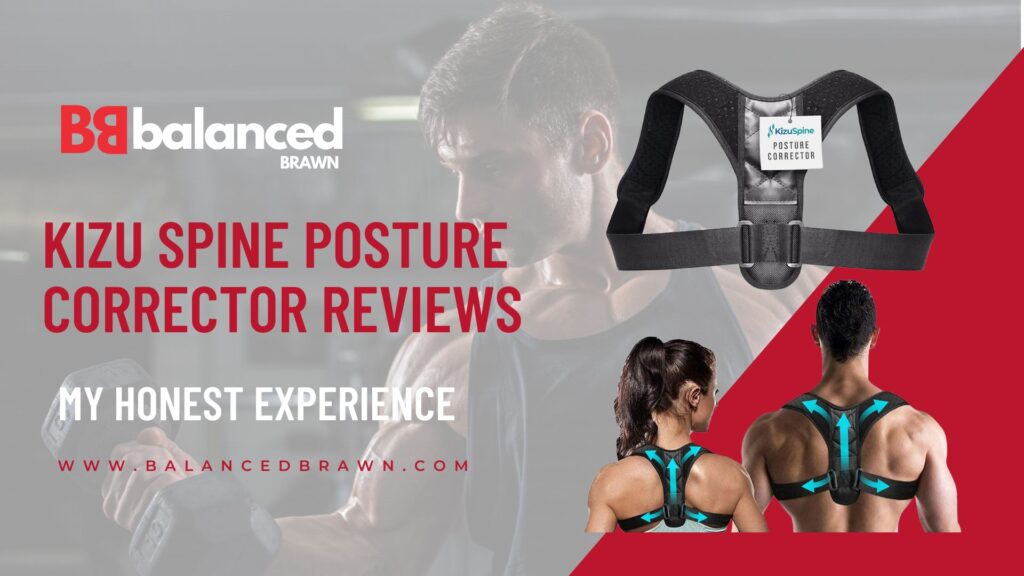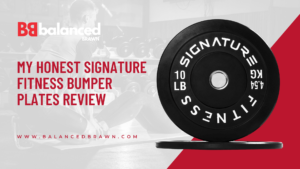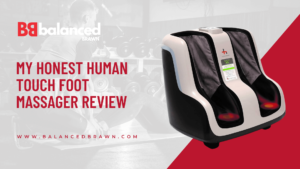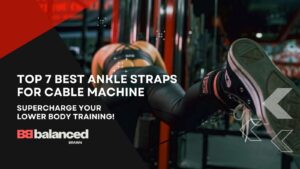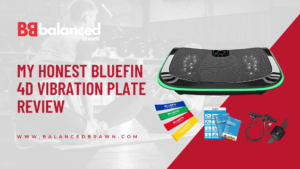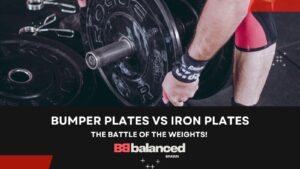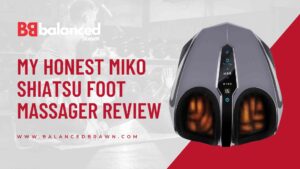Table of Contents
For years, I’ve battled with slouching shoulders and nagging back pain, mostly due to long hours working at my desk. Like many people, I kept telling myself I’d fix my posture “someday.” But as the aches in my neck and shoulders grew worse, I decided I needed more than good intentions. That’s when I stumbled across the Kizu Spine Posture Corrector.
At first, I was skeptical. Posture correctors often get mixed opinions — some call them miracle workers, while others say they’re glorified straps that don’t actually solve anything. But curiosity got the best of me, and I decided to put this product to the test. After weeks of wearing it in different situations — at my desk, while walking around, and even under clothes when I went out — I can now give you a clear, no-nonsense breakdown of how it worked for me.
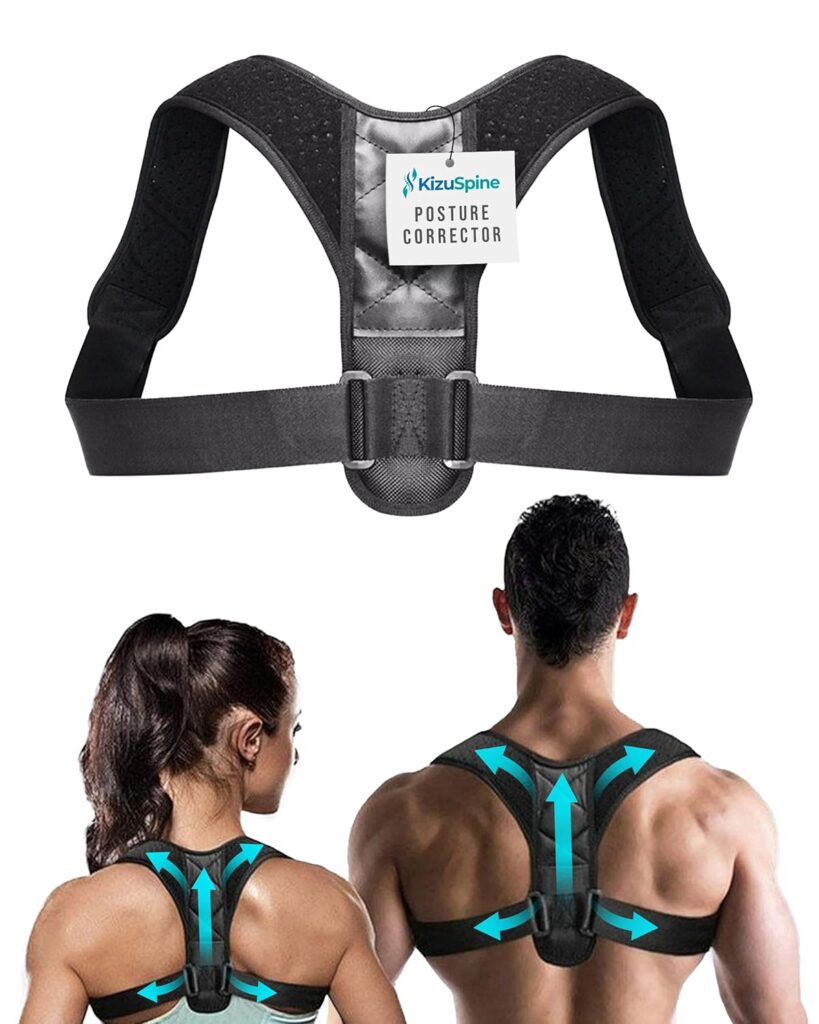
Pros
- Lightweight and slim design — discreet under looser clothing
- Breathable neoprene material for comfort
- Adjustable straps (fits a variety of body sizes)
- Helps reduce slouching and reminds you to sit upright
- Can provide temporary relief from shoulder and neck pain
Cons
- Can be difficult to put on without help at first
- Underarm straps may cause irritation if worn too long
- Velcro and plastic clips feel flimsy over time
- Not a long-term posture “fix” without exercises
- Not ideal for muscular builds or people with broader shoulders
First Impressions: Unboxing and Initial Feel
When the Kizu Spine Posture Corrector arrived, my first thought was how lightweight and compact it looked. It’s made of neoprene material, which felt soft to the touch, and I liked that it didn’t look overly bulky. The straps seemed adjustable, and the design was relatively straightforward — at least in theory.
Putting it on for the very first time wasn’t as effortless as I hoped. Twisting the straps into place behind my back and tightening them took a few tries. Eventually, I figured out the best way to slip it on without struggling too much, but I could imagine this being a challenge for older adults or anyone with shoulder limitations.
Once it was on, though, I immediately noticed a gentle pull on my shoulders. It wasn’t harsh, but it gave me that subtle nudge I needed to sit straighter. At the same time, I could already feel where some discomfort might creep in if I wore it too long.
Fit and Comfort: Mixed Results
One of the biggest factors with any posture corrector is comfort. After all, if it’s unbearable to wear, it won’t matter how effective it is.
- Positive side: The Kizu Spine Corrector is relatively slim, meaning I could wear it under a T-shirt without it being super obvious. That was a huge plus because I didn’t want something that made me look like I was strapped into a medical device. The breathable neoprene helped with heat — I never felt sweaty even after wearing it for an hour.
- The downside: The underarm area is a different story. After a while, the straps started to rub, leaving me with some irritation. If I tightened it enough to actually pull my shoulders back, the rubbing got worse. If I loosened it, then the support wasn’t as noticeable. It felt like I had to choose between effectiveness and comfort.
So, while I could wear it comfortably for about 30–60 minutes at a stretch, I never managed to keep it on all day without feeling sore under my arms.
Daily Use: Office, Home, and On the Go
I tested the Kizu Spine Corrector in a variety of situations to see how it performed:
- At my desk (8-hour workdays):
This is where I needed it most. I noticed that with the brace on, I slouched less, and my shoulders stayed more open. My neck strain wasn’t gone, but it was less intense. After a few weeks, I found myself sitting straighter even when I wasn’t wearing it — almost as if my body was learning from the repetition. - At home:
Doing chores or walking around with it wasn’t too bad. I liked wearing it while cooking or cleaning because it kept me from hunching forward. - Out in public:
Here’s where things got tricky. Even though it’s slim, it’s not completely invisible under fitted clothing. Plus, adjusting it while out is awkward. I mostly stuck to using it at home or under looser clothes at the office.
Overall, it felt more like a training tool than an all-day wearable device.
Effectiveness: Does It Actually Work?
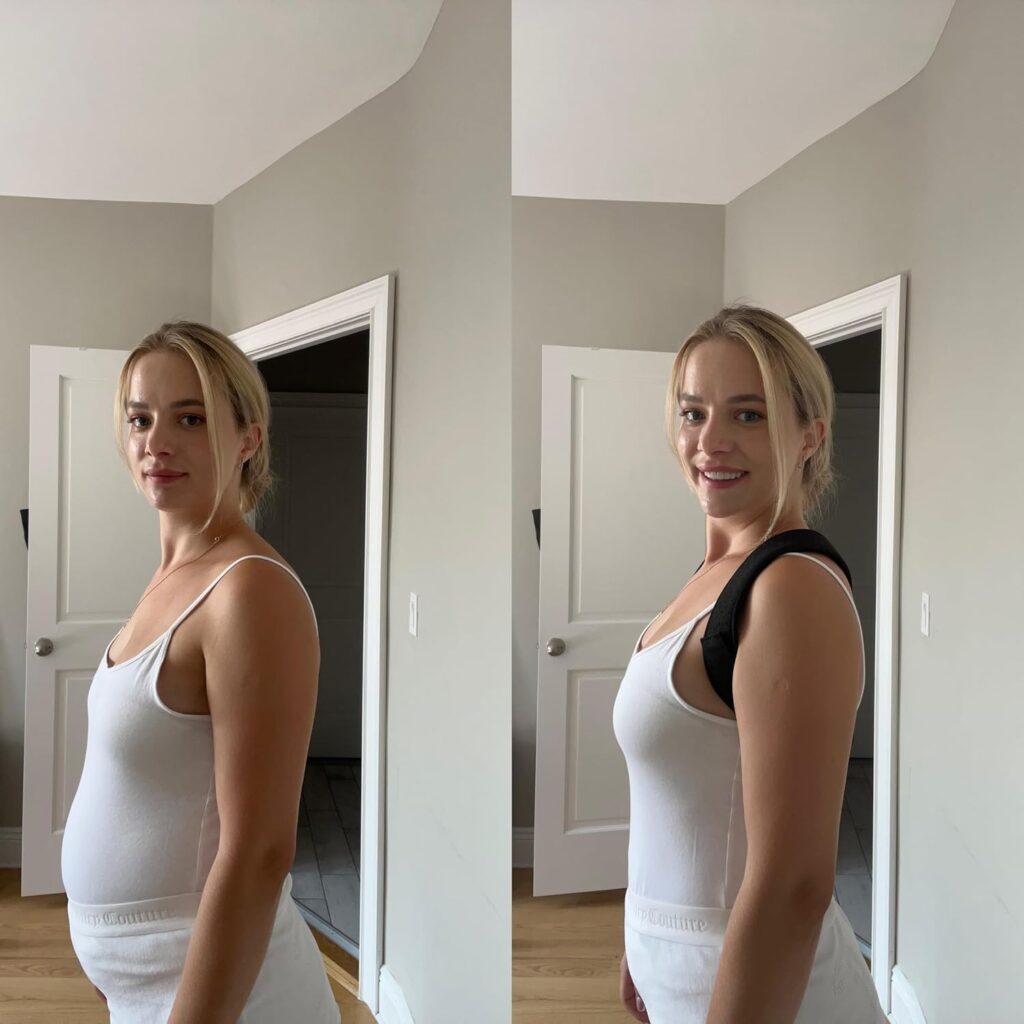
This is the million-dollar question. After weeks of use, here’s what I experienced:
- My posture definitely improved temporarily while wearing it. The brace served as a reminder to sit straighter and keep my shoulders back.
- My back and shoulder discomfort was somewhat reduced. On days I wore it, I noticed less tightness by the evening.
- However, it’s not a miracle solution. If I skipped wearing it for several days, my posture didn’t magically stay perfect. The device alone won’t “fix” posture — you still need exercises and stretches to strengthen your muscles.
Think of it more as a supportive coach tapping you on the shoulder, reminding you to stand tall, rather than a permanent fix.
Build Quality: A Hit or Miss
The quality of the Kizu Spine Corrector left me with mixed feelings.
- On the good side, the neoprene fabric feels soft and doesn’t trap heat. The straps are adjustable and, once tightened, stay in place for a while.
- On the bad side, the Velcro doesn’t always hold well after repeated use. I had moments where the straps loosened during the day. Plus, the plastic clips feel a little fragile — I wouldn’t call this a heavy-duty brace.
It’s not poorly made, but it also doesn’t feel premium. I’d say the quality matches the mid-range price point, but don’t expect it to last for years.
Who Is It Best For?
After my experience, I think the Kizu Spine Posture Corrector works best for:
- People who spend long hours sitting at a desk and need a reminder to sit upright
- Beginners looking for an affordable, entry-level posture corrector
- Those with mild posture issues rather than serious spinal conditions
- Users who only plan to wear it for short periods daily (30–60 minutes)
It’s not ideal for:
- People with very muscular builds (the straps may dig in)
- Anyone expecting an instant cure for back pain
- Those who want to wear it invisibly under fitted clothing
- People looking for heavy-duty, medical-grade support
Long-Term Value and Realism
One of the biggest lessons I learned is that posture correctors like this one are tools, not solutions. They remind you to sit straighter, but they don’t strengthen your muscles or permanently fix alignment on their own.
If you combine the Kizu Spine Corrector with stretching, strengthening exercises (especially for your core and upper back), and general awareness, then it can be a useful part of your routine. But if you rely solely on it, you may be disappointed.
The value is reasonable for the price, but I wouldn’t call it the most durable piece of equipment. I see it more as a temporary aid — something to use for a few months while building better habits.
Final Verdict: My Honest Conclusion
So, after living with the Kizu Spine Posture Corrector for several weeks, do I recommend it?
Yes — but with caveats.
It did help me sit straighter, reduced my slouching, and made long desk days slightly easier on my shoulders and back. It’s lightweight, fairly comfortable for short periods, and discreet enough for home or office use.
But it’s far from perfect. The underarm discomfort, tricky setup, and average build quality hold it back. It’s not a one-stop solution for posture problems, and it won’t magically “fix” your spine. Think of it more as a gentle reminder and a training tool.
If you want to improve posture awareness and reduce minor daily aches, it’s worth trying. Just don’t expect miracles, and definitely pair it with posture exercises for the best results.

